Paul Grimwood
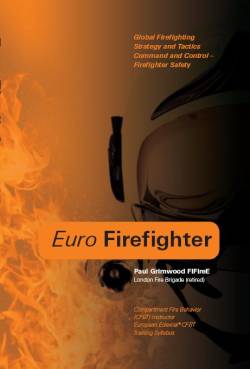 Paul Grimwood is a veteran of the London Fire Brigade. He wrote numerous papers and a number of books about firefighing. He introduced certain concepts in the fire service. Amongst others, he thought of the concept "tactical flowrate". Besides this, he was an advocate of 3D tactics. Thanks to him 3D firefighting was discovered in large parts of Europe. For the moment Paul works for Kent Fire & Rescue Service.
Paul Grimwood is a veteran of the London Fire Brigade. He wrote numerous papers and a number of books about firefighing. He introduced certain concepts in the fire service. Amongst others, he thought of the concept "tactical flowrate". Besides this, he was an advocate of 3D tactics. Thanks to him 3D firefighting was discovered in large parts of Europe. For the moment Paul works for Kent Fire & Rescue Service.
He authored the book “Eurofirefighter” and co-authored the book “3D- Firefighting”. These books can be considered as the standard works for the fire service. Every firefighter should read them. In 2017, Paul published a new book: "Eurofirefighter 2". Again, it is a wonderful book with plenty of valuable information for everybody who wants to act as a firefighter in a professional manner.
Paul has a website where one can find lots of good information: www.eurofirefighter.com
Paul wrote several articles that are really worth reading:
Presentation RICE model - Brussels, February 5th 2019
Ed Hartin
Ed Hartin works for the moment as fire chief for Central Whidbey Island Fire & Rescue. Before, he was for a number of years the chief of training of Gresham Fire Department geweest. Ed is especially known for his website www.cfbt-us.com . The blog on this website is an inspiration to many. Ed authored lots of texts. Many can be found on the internet. If you get the chance to attend a lecture by Ed, you should not hesitate.
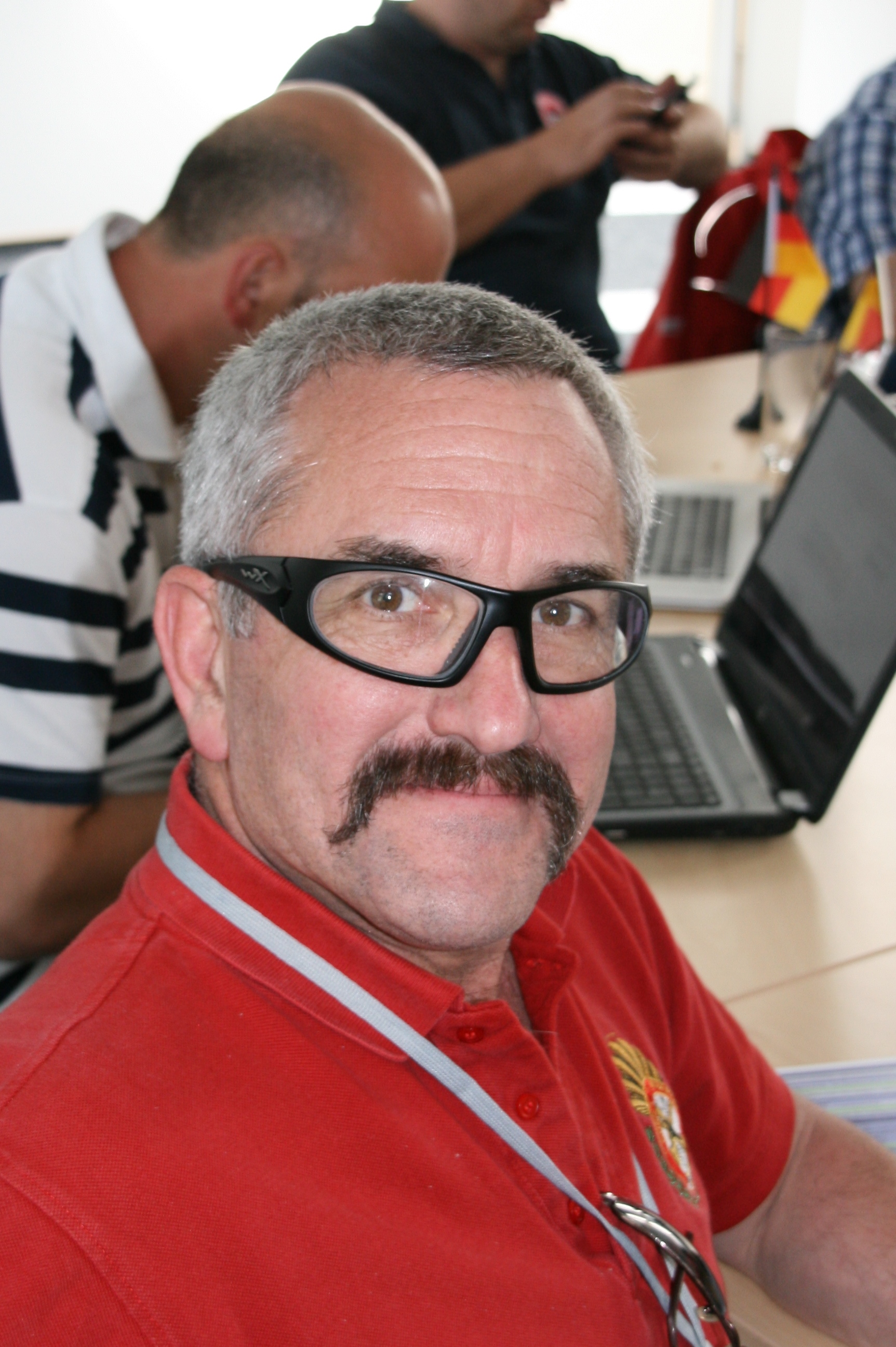
Ed Hartin is also a co-author of the book 3D-Firefighting.
Some interesting texts and articles by Ed:
Fire behaviour indicators and fire development French translation
Live fire training: The role of fidelity in effective training
How much science is necessary?
For the IFIW meeting in Poland in 2014 Ed wrote the following article:
Live fire training as simulation Live fire training as simulation_FR
Ed creates fantastic presentations about fire behaviour and fire fighting. Undoubtedly, he is one of the best instructors in the world. One of the presentations that he has made available online is the following:
Ed also wrote a lesson plan for an in-station training about ventilation controlled fires. The lesson takes only 10 minutes but repeats all the important concepts: Lesson_plan_VC_fires
Ed has given a FIREx talk in 2016. The title was "Not oars, ORs". In the presentation he pleads against the polarization in the fire service. You can watch it here.
During the same TED event, he gave his presentation "Close the door. Where you born in a barn?". This one is online on YouTube as well.
Ed has worked on a lot of case studies:
- a line-of-duty-death in Grove City.
- a fire in a hardware store in Queens, New York, resulting in a multiple line-of-duty-death.
- Two firefighters died while doing search in a single family dwelling in San Pablo, California.
- Several firefighters got injured during a commercial fire in Durango, Colorado.
- Watts Street is a very well-known case from New York, where 3 firefighters lost their lives.
John Mcdonough
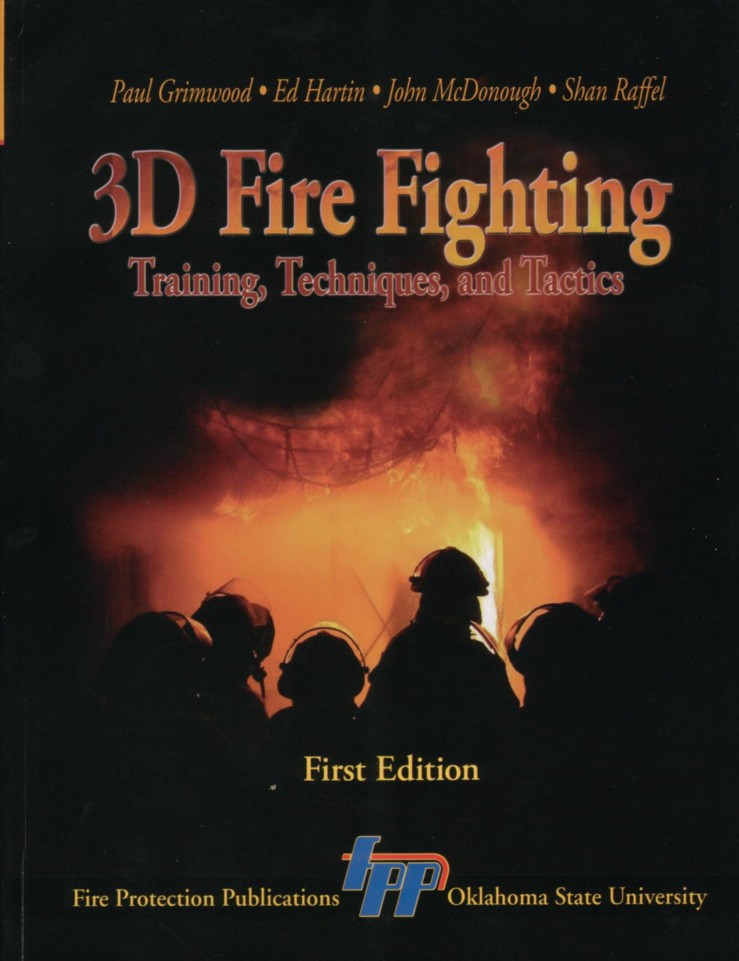 John Mcdonough is an inspector (batallion chief) with the New South Wales Fire & Rescue service. He worked as a firefighter in Sydney and is now responsible for the fire training of the 6500 firefighters in his service. He is a pioneer in the field of CFBT in Australia. John is an excellent lecturer. His lectures have a magnificent structure. He is also very good in practical sessions. John Mcdonough is also one of the four authors of 3D-firefighting.
John Mcdonough is an inspector (batallion chief) with the New South Wales Fire & Rescue service. He worked as a firefighter in Sydney and is now responsible for the fire training of the 6500 firefighters in his service. He is a pioneer in the field of CFBT in Australia. John is an excellent lecturer. His lectures have a magnificent structure. He is also very good in practical sessions. John Mcdonough is also one of the four authors of 3D-firefighting.
In 2004 John wrote an article about fire behaviour in a single house as training material for FRNSW. He writes that in the same house, several "fires" can occur. In one room, the fire can be ventilated while the fire is under ventilated the floor aboe. This has important implications for the fire service. CFBT KB article 2.pdf CFBT KB art2_FR
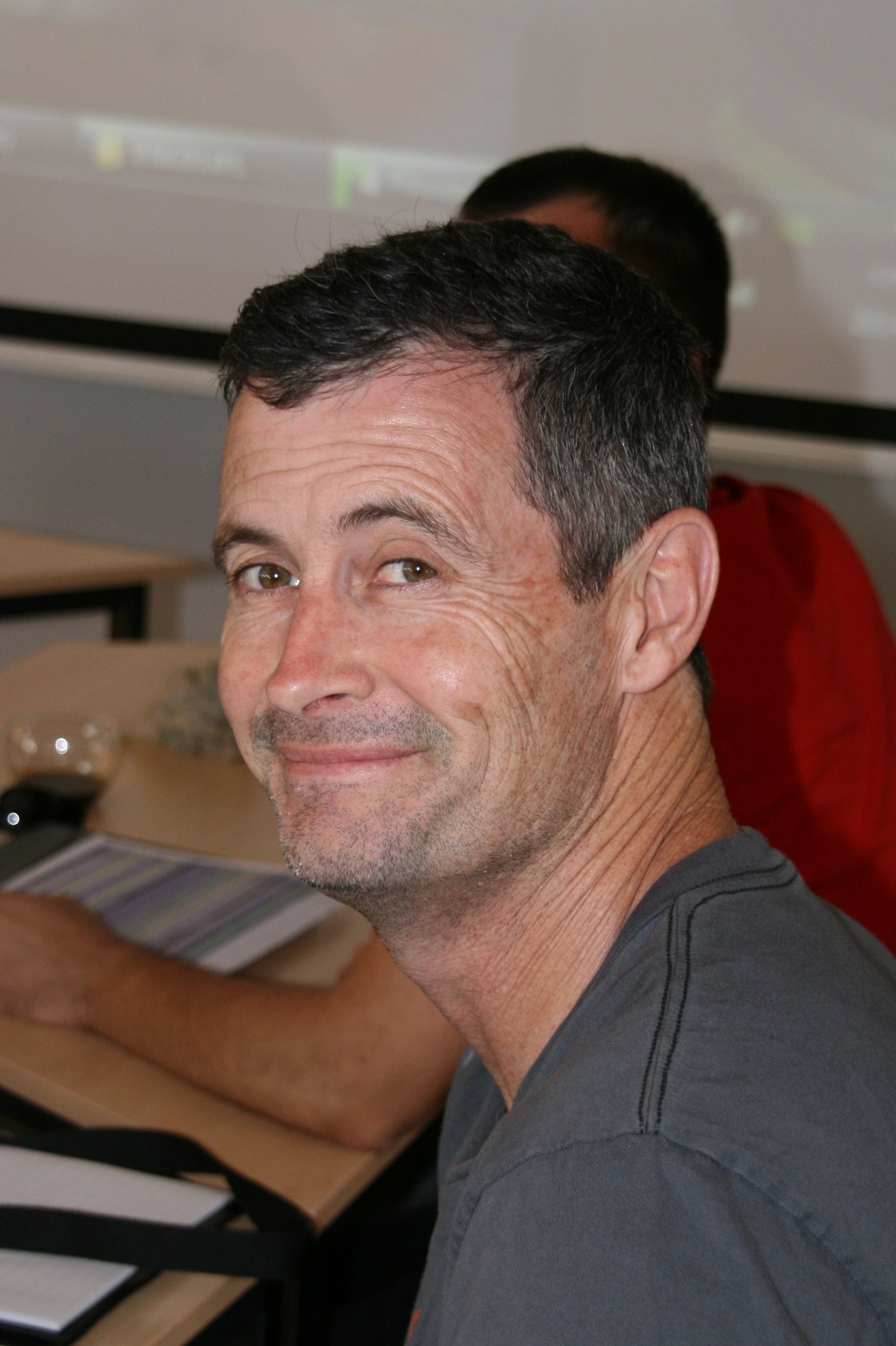 John wrote an article in 2007 about a fire he attended as a young firefigther. In hindsight, he explains why CFBT is so important for a modern fire service. CFBT KB article 8.pdf
John wrote an article in 2007 about a fire he attended as a young firefigther. In hindsight, he explains why CFBT is so important for a modern fire service. CFBT KB article 8.pdf
In the spring of 2013 John McDonough and Shan Raffel visited a training center in Poland that uses CFBT as a part of the curriculum. He gave a lecture about the link between fire behaviour and firefighter behaviour. Firefighter Behaviour.pdf
John composed two flow charts about entering a compartment, the use of gascooling, the direct and indirect attack for the New South Wales Fire brigades. Flow charts.pdf
Following the research by UL, FDNY and NIST about exterior streams, John wrote a texts about its implications for the 7000 members of his department: Exterior attack
Shan Raffel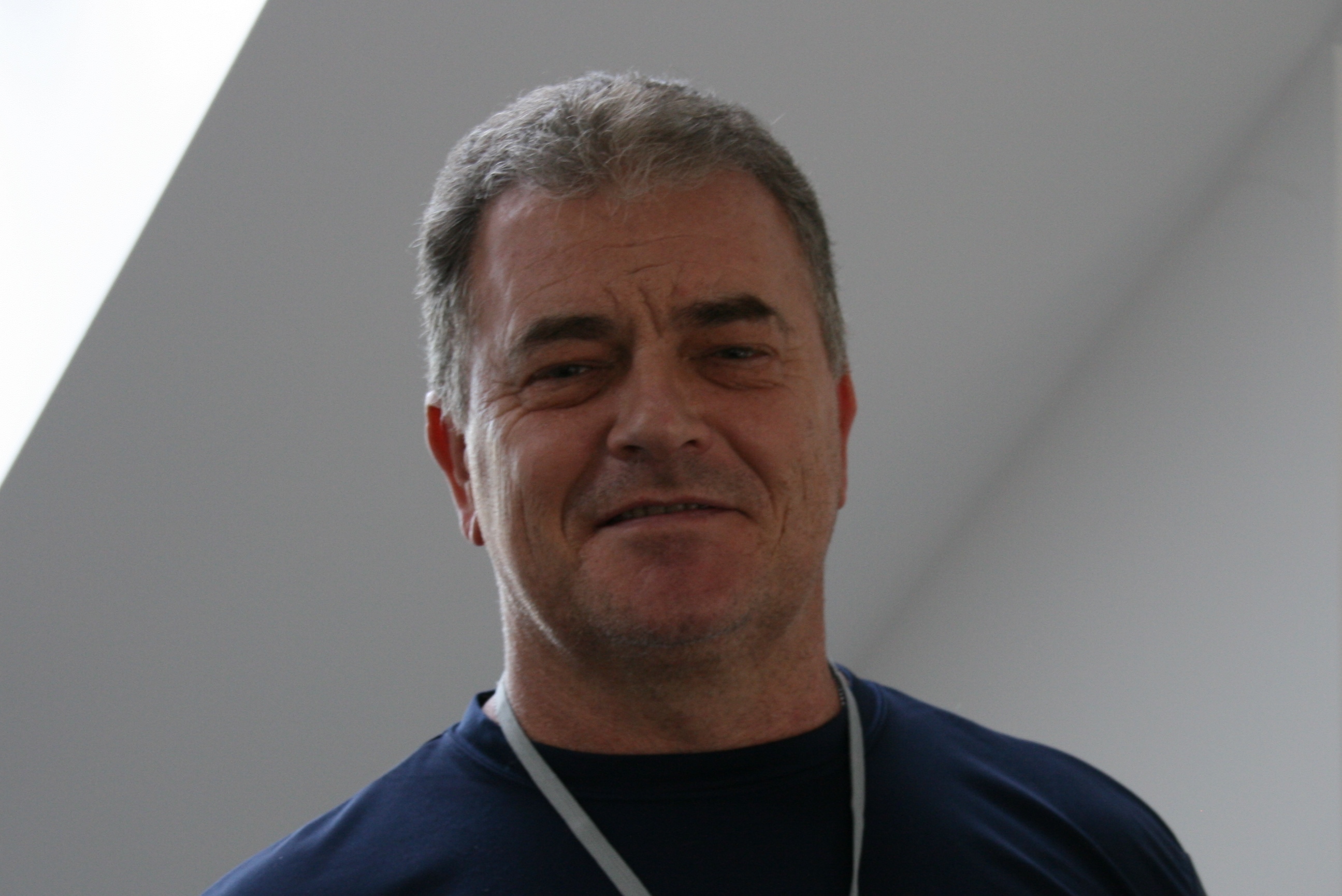
Shan Raffel is a station officer (captain) with the Queensland Fire & Rescue service. Shan invented the SAHF model. Later, he added the B(uilding) to the model after feedback by Ed Hartin. Shan has a website, www.cfbt-au.com. On this website, you will find several intesting texts that Shan authored.
For IFIW 2014 Shan wrote an interesting paper about FGI's: FGI - the hidden killer
Steve Kerber
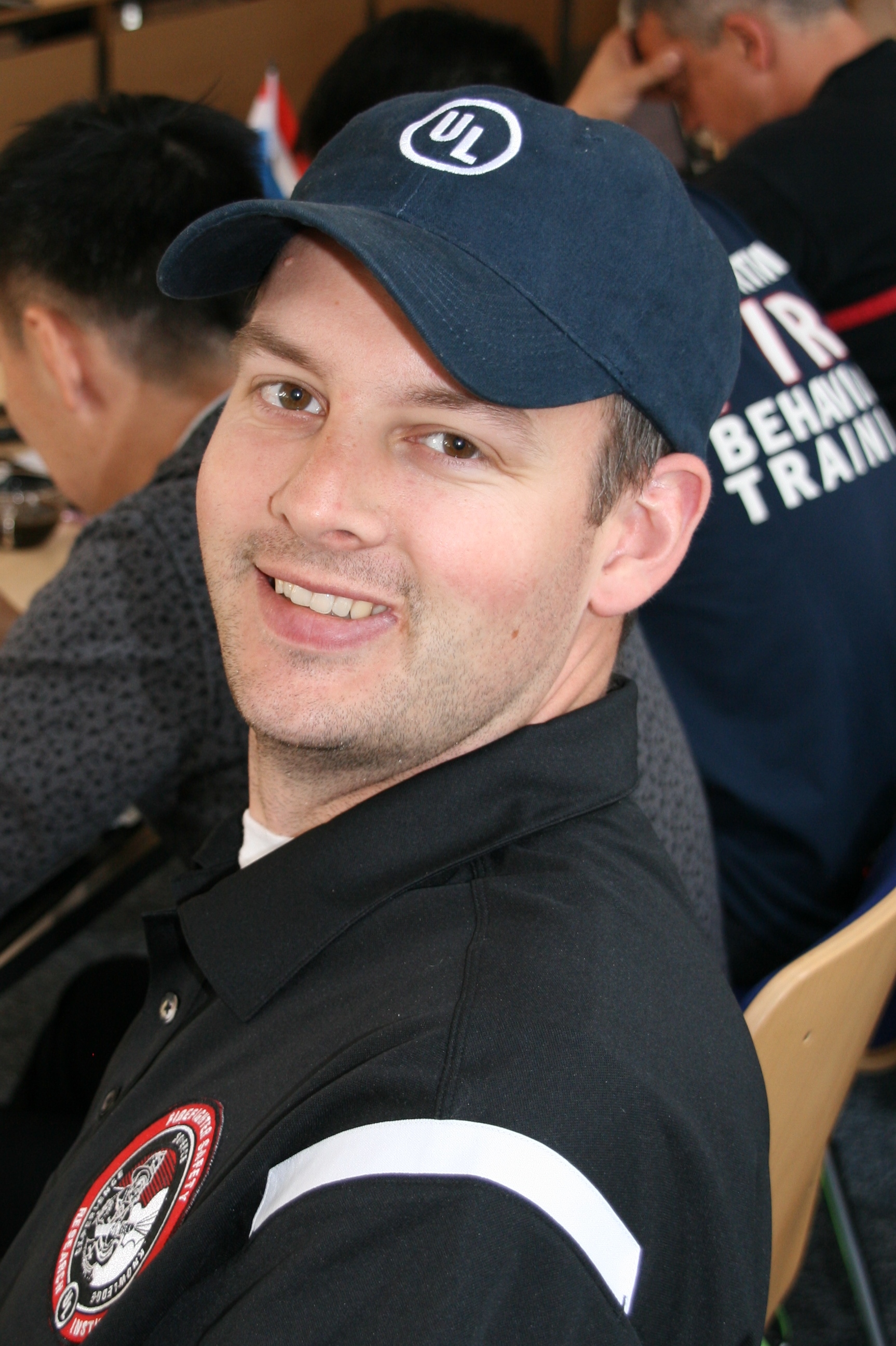 Steve Kerber is an American engineer that worked at NIST for a long time. He performed research into several firefighting related themes. By googling "NIST fire research” you can find numerous interesting documents. Currently, he is the director of the Underwriters Laboratories Firefighter Safety Research Institute (UL FRSI) in Chicago. He performs research into ventilation at the fire ground. The first part of his research was summarized in an online e-learning module. You can find it here:
Steve Kerber is an American engineer that worked at NIST for a long time. He performed research into several firefighting related themes. By googling "NIST fire research” you can find numerous interesting documents. Currently, he is the director of the Underwriters Laboratories Firefighter Safety Research Institute (UL FRSI) in Chicago. He performs research into ventilation at the fire ground. The first part of his research was summarized in an online e-learning module. You can find it here:
Steve founded the UL Firefighter Safety Research Institute (FSRI). This institue performs research into new, better and most imporant safer tactics for the fire service. The website of the institute is www.ulfirefightersafety.com. Results of several research projects of the past years can be found on this website.
The research project into vertical ventilation resulted in a number of tactical considerations. A summary was made for the fire service. You can find it here: 2010-DHS-FD-Summary.pdf. The report was translated into Dutch by the Dutch Fire Academy. You can find it here.
Large live fire experiments are an important part of the work of UL FSRI. Tests have been performed outside the lab at Governor's Island to evaluate new tactics. This research program resulted also into an e-learning module. You can find it here:
For IFIW 2014 in Poland, Steve wrote a paper about the research that is taking place in the US. He gives an overview of the different projects with the major conclusions. The projects that are currently running are also discussed. The paper is called "Bringing the science to the streets". The paper has been translated into Dutch by Pieter Maes: Bringing the science to the streets_NL.pdf. The French translation was done by CFBT-FR: Bringing the science to the streets_FR.
The newest program that is available is: Science of interior and transitional suppresion tactics in single family homes.
Dan Madrzykowski
Dan Madrzykowski is a colleague of Steve Kerber who works still at NIST. He did cutting-edge research into Wind Driven Fires. Lots of information about this subject can be found on the web. On the NIST website you can find several reports written by Dan.
Dan wrote a report about line of duty deaths during live fire training: fatal training fires.
He delivered an excellent presentation about the research NIST performed in the past decades. You can find this presentation on YouTube.
Stefan Svensson
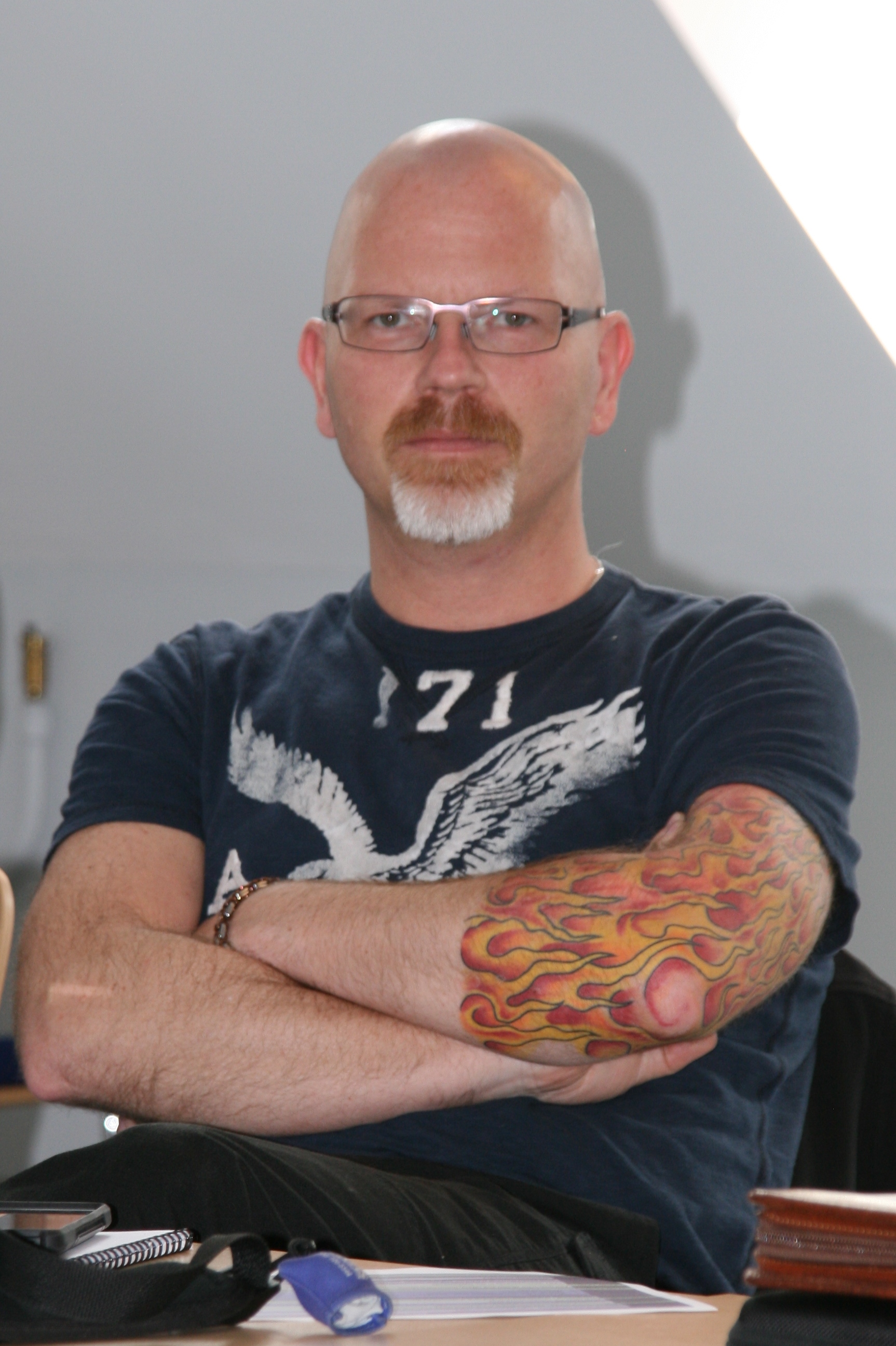 Dr. Stefan Svensson is a Swedish specialist in firefighting. He has a PhD from Lund univerisity where he works as a associate professor. He authored several books. Fire Ventilation is the best known book as it is the reference about ventilation in English. The book can be ordered from the website of MSB: www.msb.se.
Dr. Stefan Svensson is a Swedish specialist in firefighting. He has a PhD from Lund univerisity where he works as a associate professor. He authored several books. Fire Ventilation is the best known book as it is the reference about ventilation in English. The book can be ordered from the website of MSB: www.msb.se.
Stefan runs a small website: www.eld.nu.
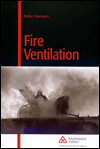
Recently Stefan described his view on extreme fire behaviour.
For IFIW 2014 Stefan wrote a short paper about using ventilation on the fire ground:
Fire ventilation_IFIW_2014.pdf
The Dutch fire academy organises FSE symposia on a yearly basis. Stefan lectured there and the lecture can be found on YouTube. You can find it here.
In 2002, Stefan published "The operational problem of fire control".
Stefan Sardqvist
Dr. Stefan Sardqvist is a Swedish scientists that does research into fire and firefighting. He wrote the book “Water and other extinguishing agents”. In this work the way water extinguishes is explained clearly. This is also the case for other extinguishing agents. Recently, MSB made the book available in a pdf format. You can download it here.
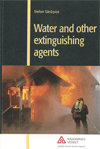
Stefan also wrote "an engineering approach to fire-fighting tactics" while studying at Lund University.
Kriss Garcia
Kriss Garcia has worked as a batallion chief with Salt Lake City fire department. Together with a number of colleagues he elaborated the tactic PPA. PPA stands for positive pressure attack. When applying PPA ventilation is started before the attack is launched.
Kriss wrote the book “Positive pressure attack for ventilation & firefighting” together with Reinhard Kauffmann and Ray Schelbe. On the website www.positivepressuretraining.com you can find more information about this interesting development.
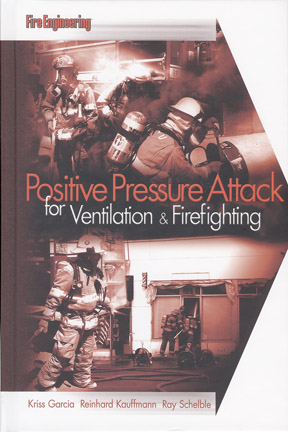
Peter McBride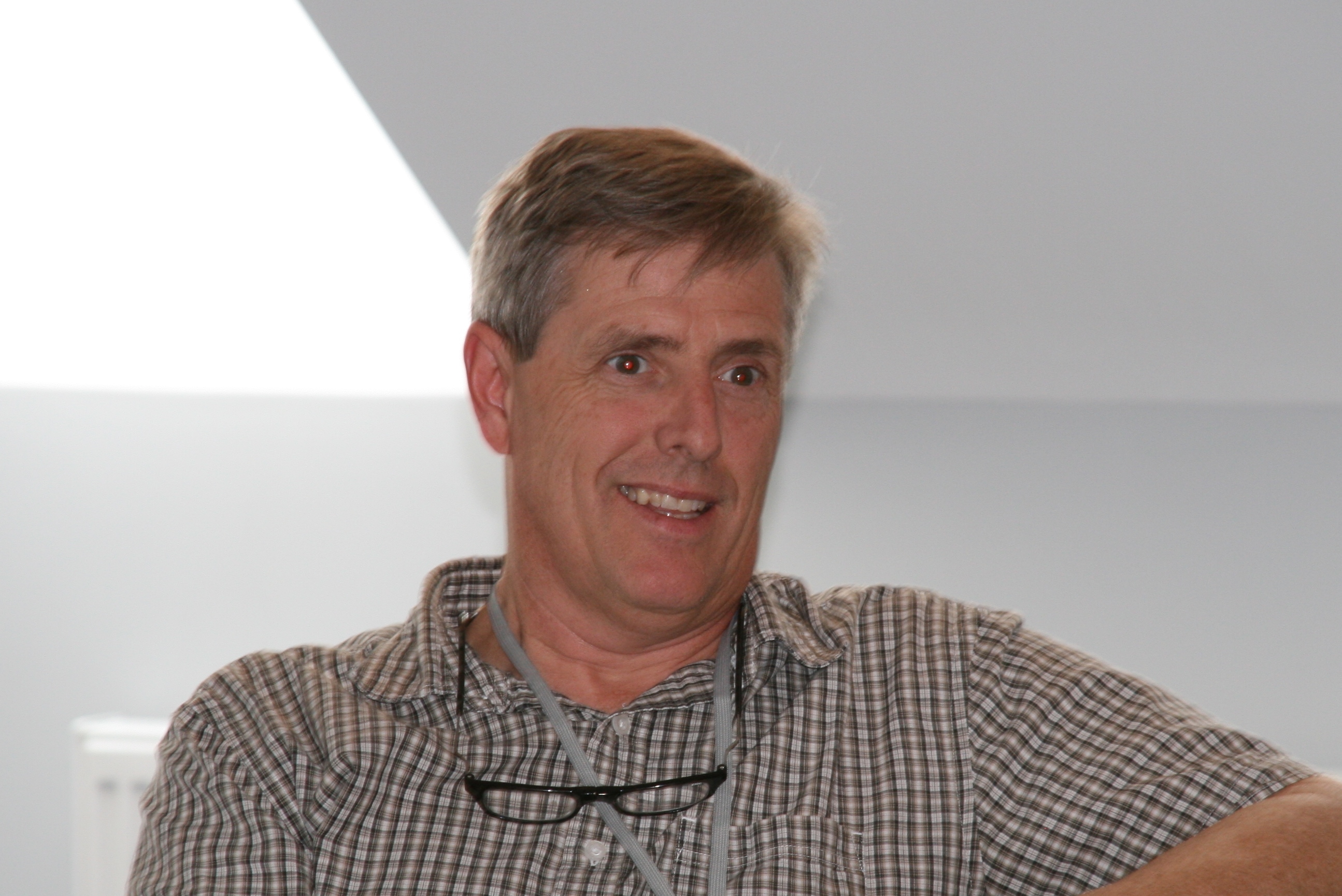
Peter McBride works with the Ottawa fire services in Canada. He has a vast experience as a safety officer. Besides this, he is lecturing about fire dynamics worldwide. Hij participated in several scientific research projects into ventilation, wind driven fires, …
Lars Agerstrand
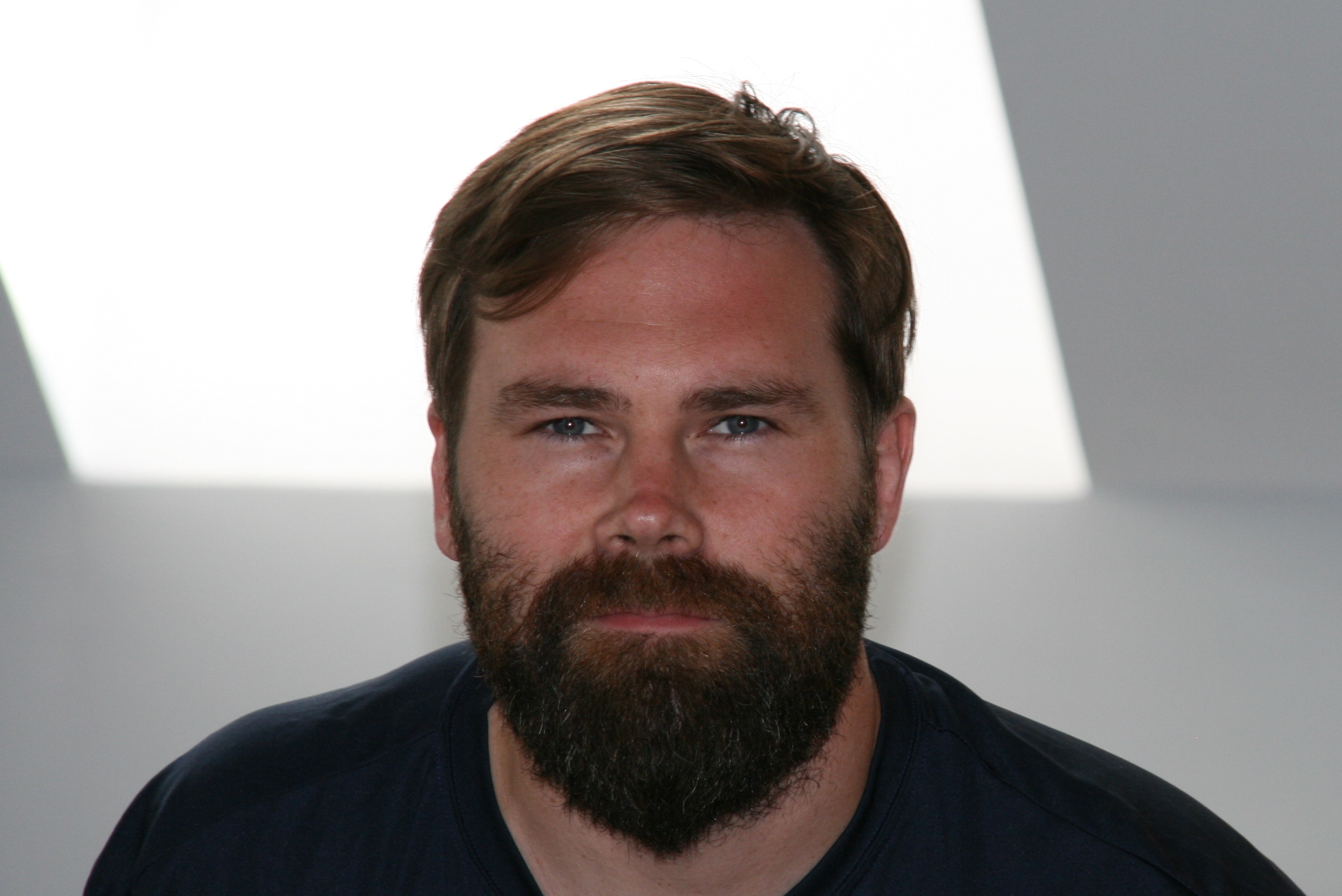 Lars Agerstrand is a Swedish firefighter that shares knowledge by making short video clips.
Lars Agerstrand is a Swedish firefighter that shares knowledge by making short video clips.
His website www.firegear.co.uk is freely available.
Lars has written a short text on ventilation controlled fires: the ventilation controlled fire.pdf
Stéphane Morizot
Stéphane Morizot is a French officer. He is the pioneer of CFBT in France. In a training center in Les Yvelines, south of Paris, he trained most of the French CFBT instructors. In recent years, Stéphane has taught courses in Belgium as well. Stéphane writes articles for Soldats du feu magazine. Besides this he has a blog in which incidents from France are discussed. The URL of the website is www.firetex.fr . Firetex is the combination of fire and retex. Retex stands for retour d'expérience. It means learning from experiences. In the blog, several interesting incidents of the past years can be found.
Hein Vandenberghe
Hein worked as a volunteer for the Wevelgem fire department since 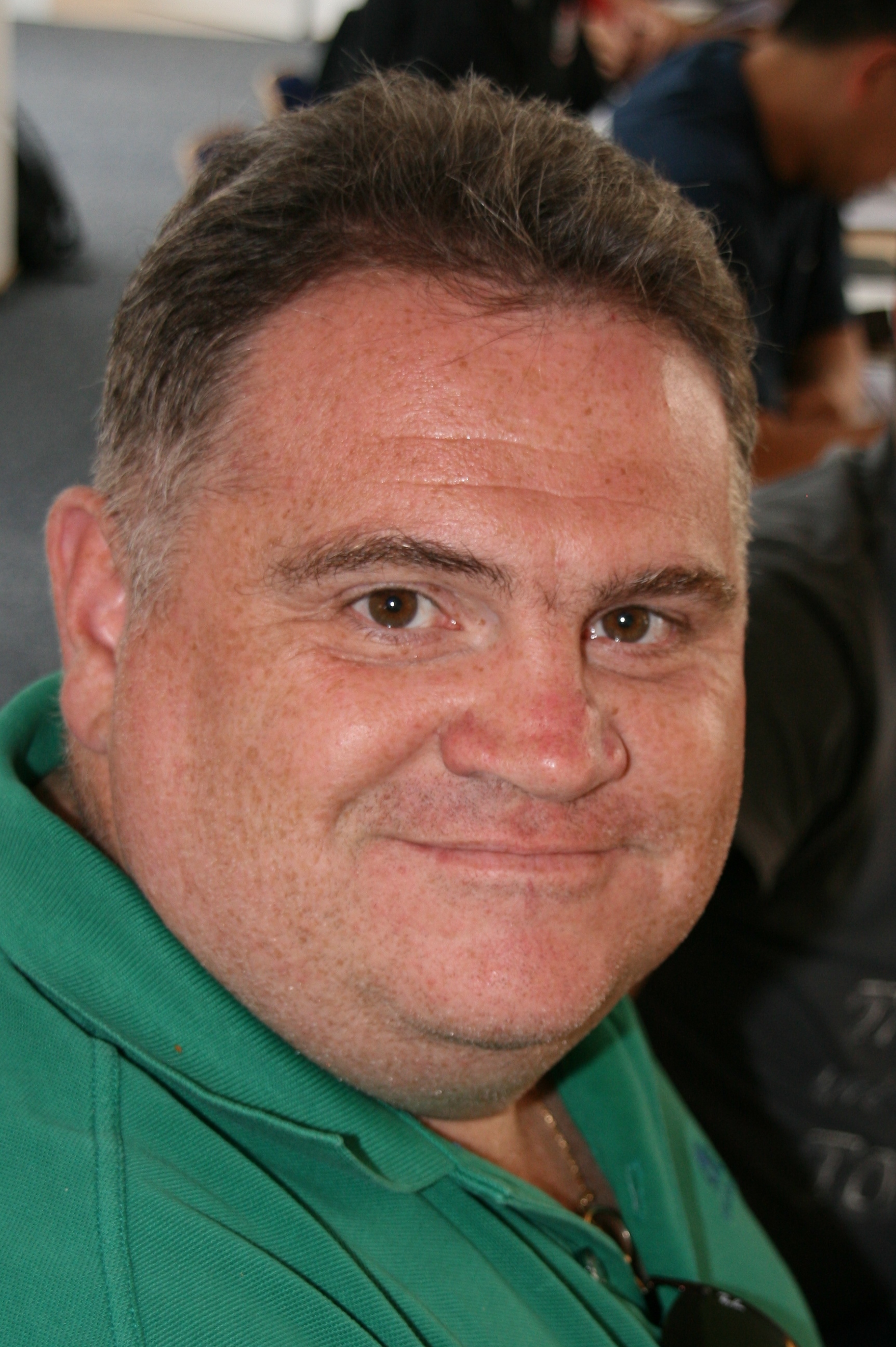 1992. He retired as the fire chief. Currently, he is working as a sergent-major (captain) with the Kortrijk fire department.
1992. He retired as the fire chief. Currently, he is working as a sergent-major (captain) with the Kortrijk fire department.
Hein is one of the pillars within CFBT-BE. He took part in courses and symposia in Germany, Croatia, Canada, the US, Ireland, the UK, Poland and Sweden. Hein is a member of IFIW. He taugh CFBT instructors courses in several Belgian fire academies and is an instructor in the international coures that CFBT-BE organizes each year in Belgium.
Maurice Grumeau
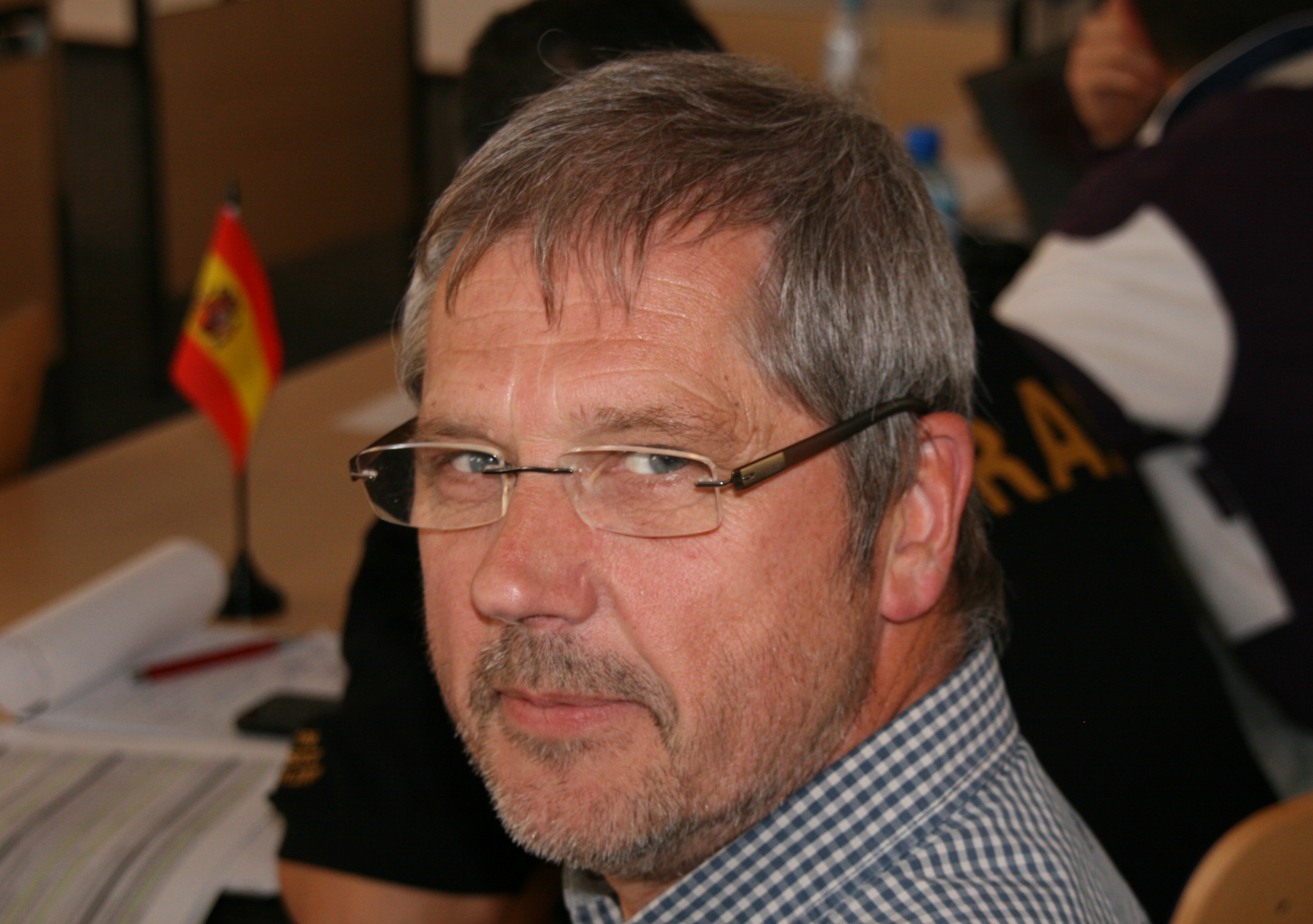 Maurice works as a captain (division chief) in the Brussels Fire Department. He started his career over 30 years ago as a firefighter. Currently, he is division chief of training with a special interest in training recruit firefighters.
Maurice works as a captain (division chief) in the Brussels Fire Department. He started his career over 30 years ago as a firefighter. Currently, he is division chief of training with a special interest in training recruit firefighters.
Together with Karel Lambert adn Hein Vandenberghe he followed courses in Germany, Canada, the US, Poland and Croatia. He is a member of IFIW as well. Maurice is also very important for CFBT-BE. He is a part of the team that teaches instructors courses in Belgium and abroad.
Rich Gasaway
Dr. Rich Gasaway is a specialist in situational awareness. After years of study and writing a PhD thesis, he is conviced that lots of accidents with firefighters (and other responders) occur because they are not enough aware of their environment. His website www.samatters.com is freely accessible. There are several texts about the way the human brain works, influence of environmental factors, decision making under time pressure, ... It is worth visiting the website. Though I do not know Dr. Gasaway personally, I think there are some very good elements on his website. In the US, the importance of situational awareness grows. The European fire service should do the same.
Ed Oomes
Ed Oomes is a well known Dutch fire officer. He has published a lot in the past about occupational safety in the fire service. A number of really inspiring texts about (the need to) change within the fire service were written by heim. In the Dutch magazine "Brand & Brandweer" he had a column for years. Recently he started a website with Wendy Kiel. On www.rizoomes.nl you find a lot of texts that Ed wrote. He also has a blog where he and Wendy Kiel publish. The fire service needs thinkers, ideologists and people who introduce new ideas. Ed is one of them for sure.
Derek Alkonis
 I met Derek Alkonis during the project "From knowledge to practice" of the Canadian fire service in Ottawa. Derek is the head of training in Los Angelos County Fire Department. Since LA County has 2900 firefighters to train, they need to find creative solutions. In order to reach the large group of firefighters, Derek made a website to inform them about new evolutions in the fire service. Movie clips made by LA count fire department are put on the website. Everybody should visit it: www.lacofdturnout.com/in-service-training
I met Derek Alkonis during the project "From knowledge to practice" of the Canadian fire service in Ottawa. Derek is the head of training in Los Angelos County Fire Department. Since LA County has 2900 firefighters to train, they need to find creative solutions. In order to reach the large group of firefighters, Derek made a website to inform them about new evolutions in the fire service. Movie clips made by LA count fire department are put on the website. Everybody should visit it: www.lacofdturnout.com/in-service-training
Ian Bolton
Ian Bolton works as a firefighter in Vancouver in the western part of Canada. He is responsible for the CFBT-program in his fire department. He works closely together with Ed Hartin from the US. I met Ian for the first time during a training at MSB in Sweden in 2012.
Ian is also an author. He writes about firefighting:
About door control
About fire behaviour
About flowpaths
Art Arnalich
Art works as a chief officer with the CERN fire service. This is a very famous research institute in Szwitzerland. His department protects the campus where 20 000 scientists, students and their families work and live. In his previous job, he was a chief officer with the Guadalajara Fire Department in Spain. Art is a specialist ventilation and delivers training about firefighting in several parts of the world.
One of the things he developed is an operational guideline about the smoke stopper.
Rook Stopper - Operationele handleiding (NL) Smoke blocker - Operational guideline (ENG)
Rauchverschluss - Anwendungshinweise (DE) Cortina bloqueo de humo - ficha tecnica (ESP)
STEVE BRISEBOIS
 Steve works as an acting captain with the Montreal fire department. With Martin Fournelle, he founded Flash Formation, a company that specialises in training firefigters. Together, they wrote a book: "Les phénomènes thermiques de l'incendie de bâtiment". The book has been a tremendous succes in France and in Quebec.
Steve works as an acting captain with the Montreal fire department. With Martin Fournelle, he founded Flash Formation, a company that specialises in training firefigters. Together, they wrote a book: "Les phénomènes thermiques de l'incendie de bâtiment". The book has been a tremendous succes in France and in Quebec.
They also wrote a second book: "Analyse de la fumée et de l'incendie".
In 2012, Steve got severly injured when a flashfire occured at a fire he attended in Montreal. He wrote an article about the incident and the way it influenced his thinking about firefighting. Flash Forward was published in 2018 in Fire & Rescue.
Steve also wrote an article, in French, about transitional attack.
Flash Formation has its own website where amonst others the books can be ordered: www.flashformation.com
ALEXANDRE PIQUET & THOMAS LEVASSEUR
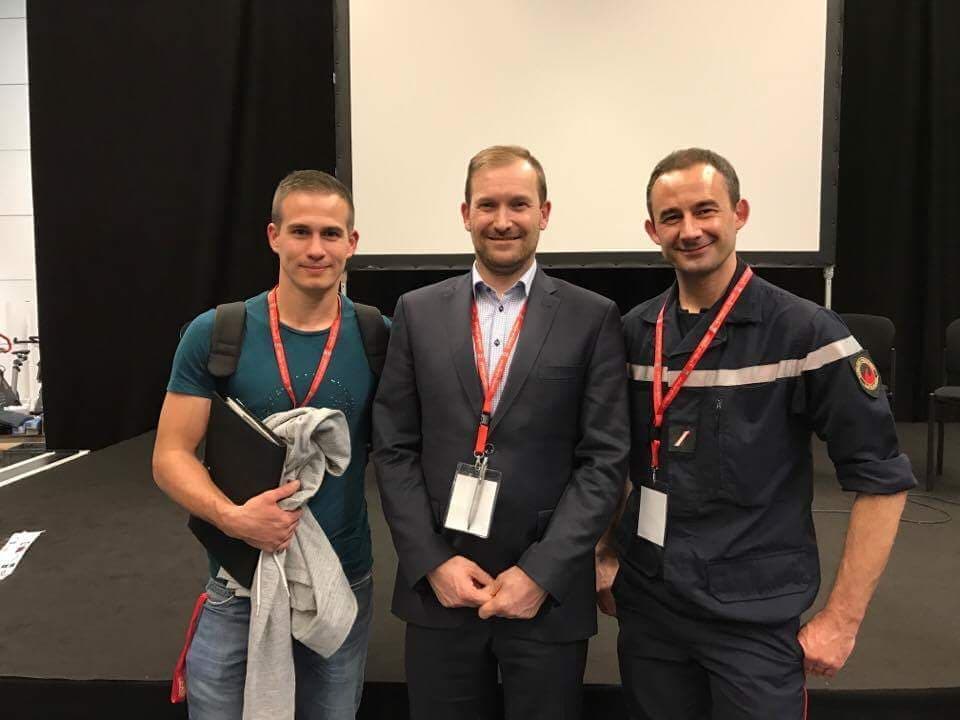 Alexandre Piquet translated the articles of CFBT-BE into French with his friend Thomas Levasseur. He is a company officer for the Ille-et-Vilaine Fire Department (SDIS 35) in Rennes, France.
Alexandre Piquet translated the articles of CFBT-BE into French with his friend Thomas Levasseur. He is a company officer for the Ille-et-Vilaine Fire Department (SDIS 35) in Rennes, France.
He works as a fire instructor, an SCBA-instructor and a TIC-instructor. Alexandre participates as a technician in various scientific experiments. The results of these have been shared by national symposia (link with national fire academy ENSOSP, link with Paris Fire Department, link SDIS 35). He has worked on the smoke stopper and the effectiveness of nozzles. He participated in the realisation of the following videos:
The smoke stopper in real fire conditions
Thomas Levasseur is a firefighter in France, near Disneyland Paris in Seine et Marne Fire Department. He is also a CFBT-instructor since 2018 for his department. With Alexandre Piquet, he translates articles from English to French for the website CFBT-BE since 2016. With a common desire to share knowledge, they became friends. They also translate and share information and documents related to firefighting in English and French for the facebook page: Fire Dollhouse.
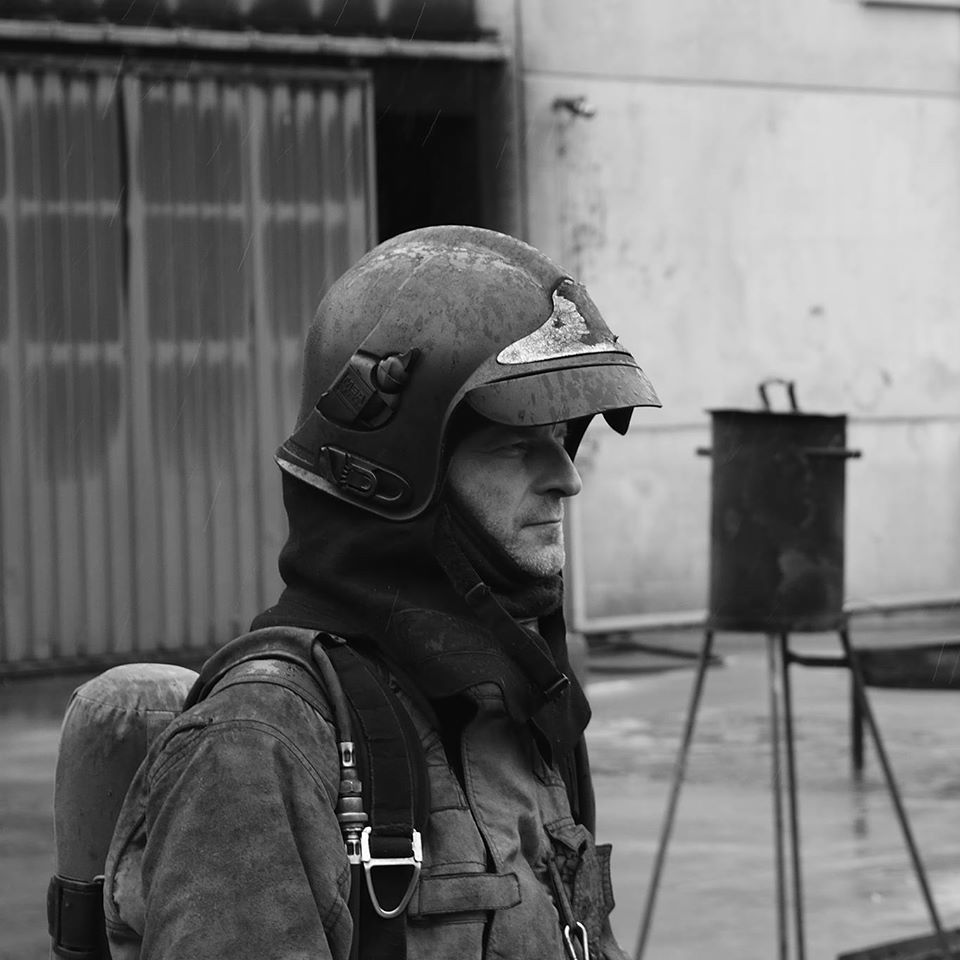 GERMAN BERCKMANS
GERMAN BERCKMANS
German Berckmans is a firefighter with the Brussels Fire Department. Within CFBT-BE, he is the guy responsible for the basic CFBT-instructor training for the Attack Cell. German works very hard so that every group of students achieves the level necessary to become a CFBT-instructor. Moreover, he is trying to improve the progam a little bit after every class of students.
German has taken part in lots of trainings in Belgium and abroad. Besides live fire training, he has also studied doll's houses. He uses this scale models to teach about fire behavior to firefighters.
KURT D'HELFT
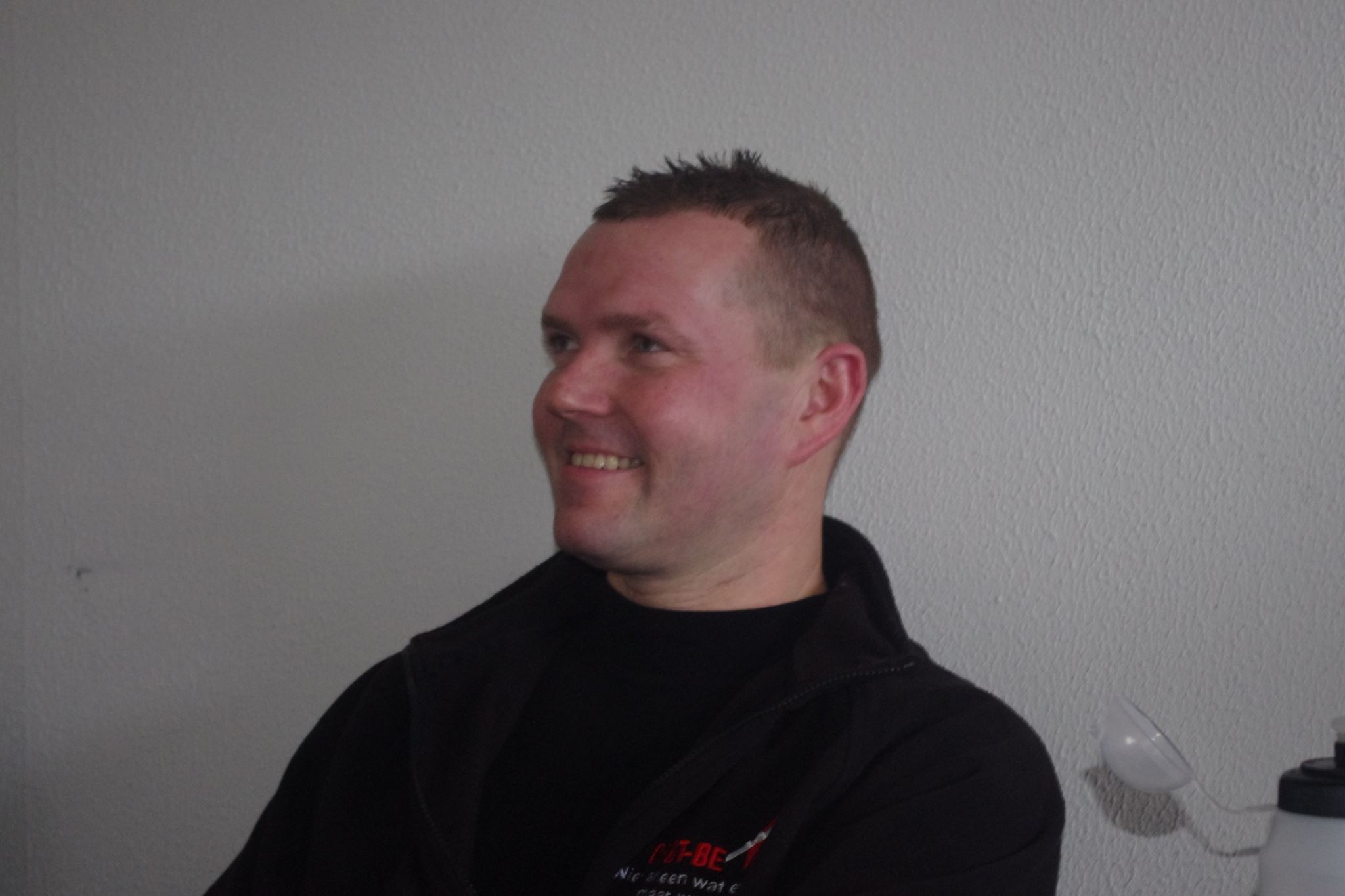 Kurt D'helft works for the Fluvia fire department. He is a sergeant within Kortrijk Fire Station. He also supports the volunteer station of Wevelgem. Kurt is one of the pillars of the Attack cell training program within CFBT-BE. Kurt will listen to every student and encourage them when necessary.
Kurt D'helft works for the Fluvia fire department. He is a sergeant within Kortrijk Fire Station. He also supports the volunteer station of Wevelgem. Kurt is one of the pillars of the Attack cell training program within CFBT-BE. Kurt will listen to every student and encourage them when necessary.
Kurt has been active since a very long time in the fire department. Because of this, he has a large amount of expierence. Experience as a career firefighter and experience as a volunteer. He succeeds in mixing this valuable experiences in the classes he teaches.
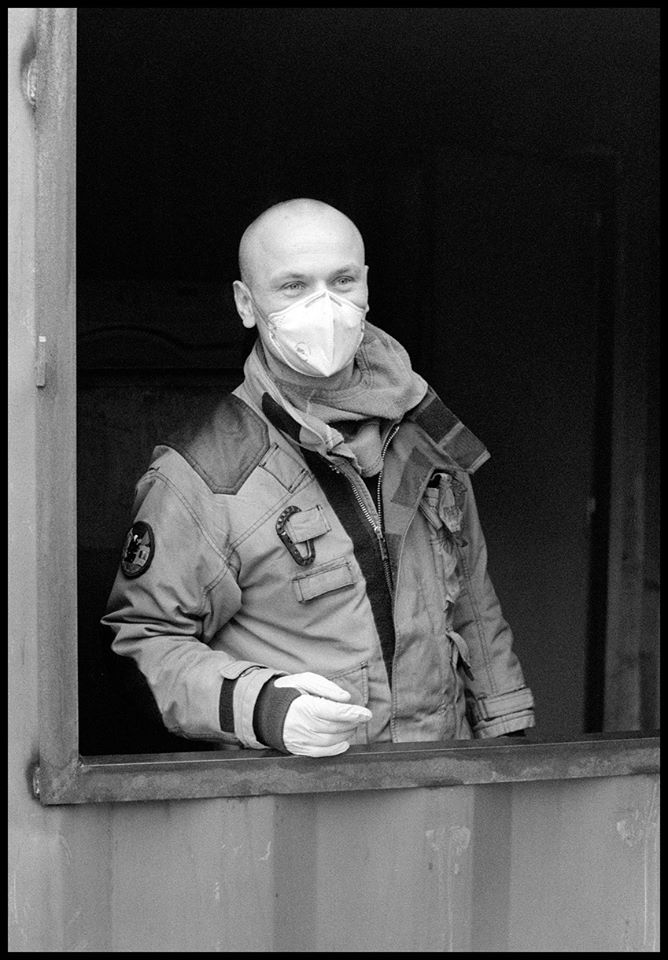 STEVE DE BLAUWE
STEVE DE BLAUWE
Steve De Blauwe is the youngest member of the CFBT-BE team. He works as a sergeant in the fire station in Mechelen in the zone Rivierenland. Despite his young age, he has quite some years of service. He started working in Mechelen at the age of 18. A couple years ago, CFBT came across his path and he joined the team of CFBT-BE.
Steve quickly became one of the strongholders and focusses on the attack cell instructor training. Besides live fire training, Steve is a specialist in small scale props and doll's houses.
Steve has mastered the art of using lots of small scale experiments to transfer principles of fire behavior to his audience. The way he does this, leads to a very entertaining class.
THE PORTUGUESE CONNECTION
Paulo Almeida, Hugo Figueiredo and Rui Dias are three colleagues of the Portuguese fire service. They translate the contents of this website into Portuguese. The three of them are very enthusiastic firefighters. Besides their work as firefighters, they work as instructors as well.
They wrote an article about the influence of Covid-19 on our work. The article is available in English and in Portuguese.



